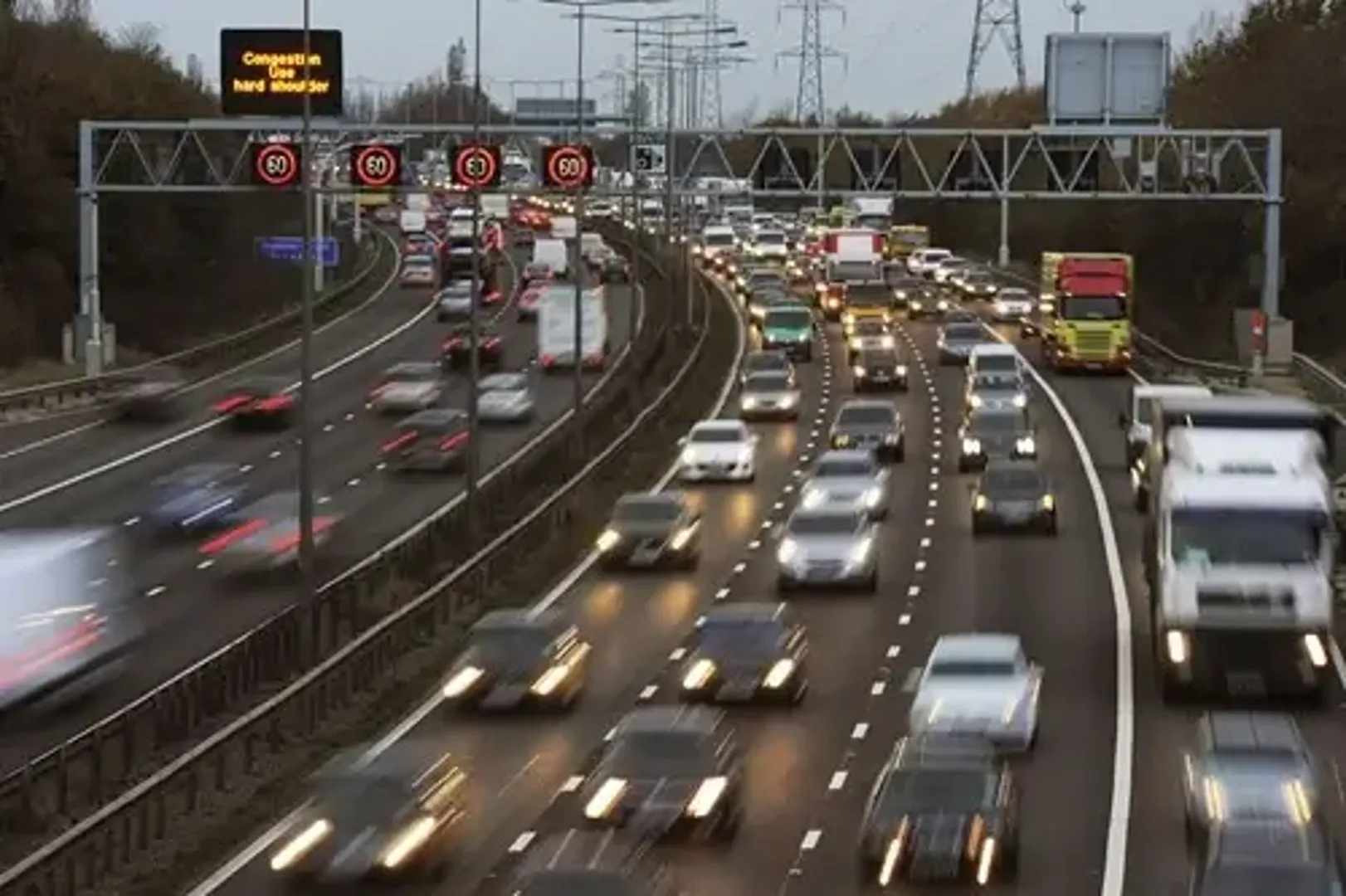
Why are hard shoulders disappearing?
Smart Motorways allow the hard shoulder to be used as an active lane. Sometimes this is only during busy periods, while others keep it in operation constantly. But as positive results mean the government is investing heavily in this cost-effective alternative to traditional road widening methods, expect to see fewer and fewer hard shoulders in operation across the UK.
Are Smart Motorways worth it?
According to Highways England, peak-time Smart Motorway drivers are experiencing an increase in journey reliability of 22%. That’s 22% more likely to arrive on time.
In addition to this, the new system boasts live traffic levels monitoring, variable speed limits to improve the flow of traffic, active warning signs to alert drivers of jams and hazards up ahead, and the ability to close individual lanes.
There’s even convincing evidence that these new motorways are safer than the traditional format. But an important part of their safety is drivers understanding what to do in an emergency.
So what should drivers do if they break down on a Smart Motorway?
Every mile and a half along the length of the Smart Motorway there will be a small layby labelled as an Emergency Refuge Area (ERA). If a vehicle experiences a mechanical failure but it is still possible drive it safely, the driver should aim to reach one of these areas.
As in a normal motorway breakdown, hazard lights need to be turned on, then the vehicle exited via the passenger door and the driver should take cover behind the crash barrier. There will be a phone available specifically to contact the emergency services.
It is important to note that once the vehicle has been repaired in the ERA, the driver should again use the emergency phone and let them know that they wish to re-join the motorway, at which point the hard shoulder will be closed to allow the driver to do so safely.
If a vehicle breaks down in a way that allows the driver to coast for a certain distance, but not far enough to reach one of the ERAs, they should then aim to mount the verge at the extreme left of the motorway (unless there is a crash barrier).
Again, hazards lights should be put on and the driver should leave by the passenger door. If they can reach an SOS phone they should do so. Otherwise, once the authorities are informed of the situation, the hard shoulder will be closed to allow a rescue team to reach the stranded vehicle.
If the vehicle is undrivable, or deemed unsafe to manoeuvre to the left-hand verge of the motorway, the driver and passengers should stay inside the vehicle, and in whichever lane it is in, put their hazards on and dial 999.


